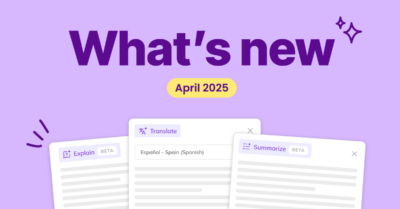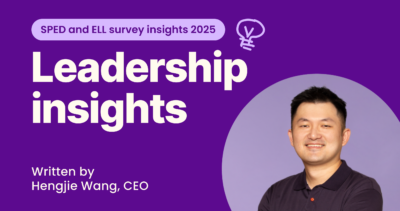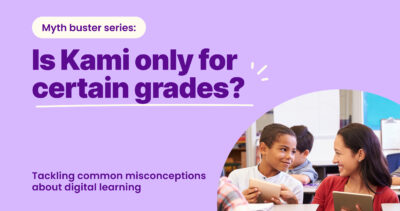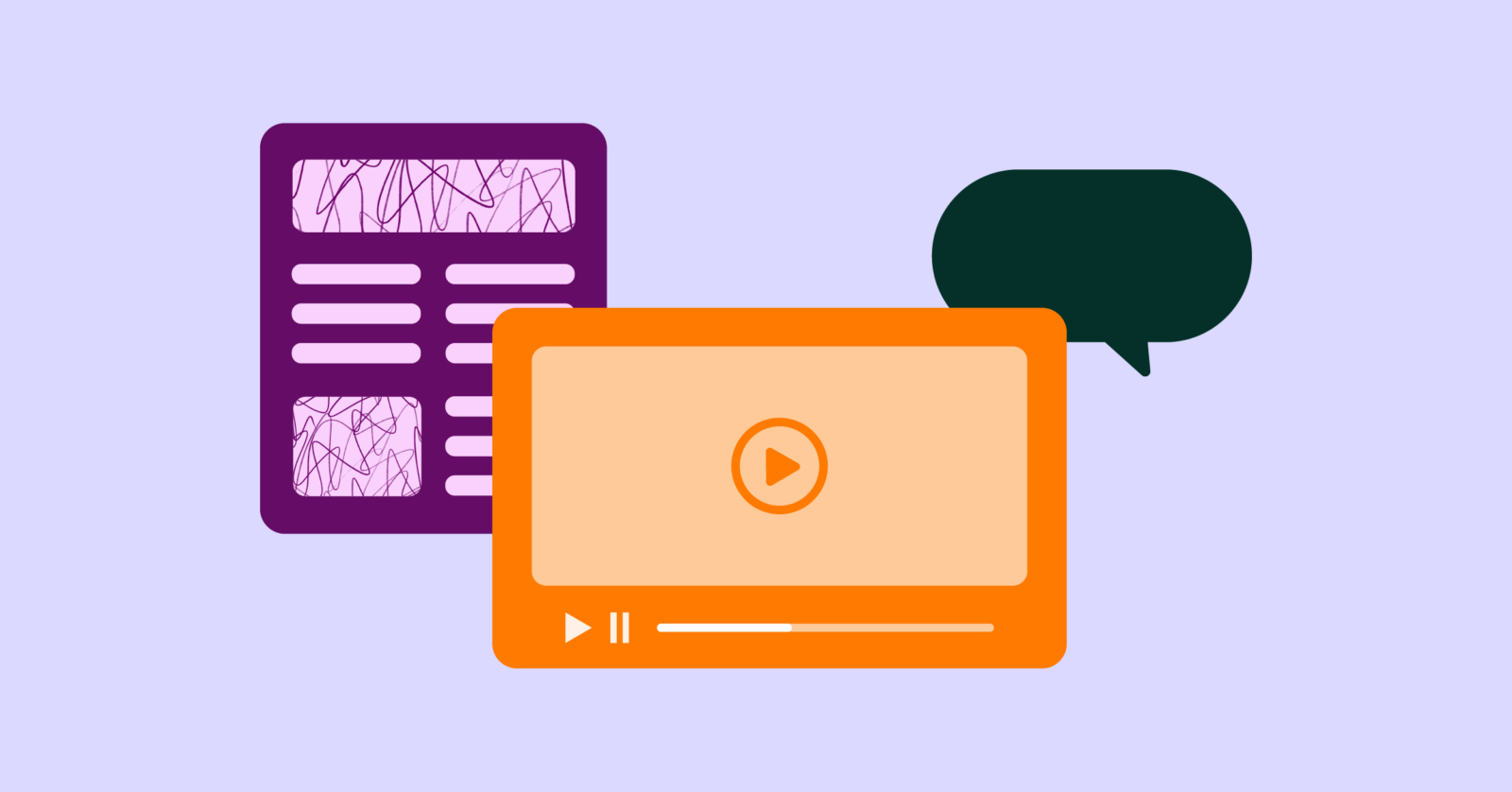Shirin Bradfield
Universal Design for Learning is a powerful framework to guide lesson planning and classroom activities that promote inclusivity and equity – supporting teachers to meet the needs of diverse learners and classrooms.
The idea of Universal Design for Learning (UDL) is to offer more flexibility in your classroom! This could include offering multiple options for how a task will be completed or presented. It can also involve more learner choice, such as working individually or in groups. The goal of UDL is to accommodate every learner while ensuring you have planned for diverse needs or disabilities.
Here are some key UDL pros and cons if you’re new to the practice or introducing it into your curriculum planning for the first time. (Don’t worry, there’s more to the pros than cons!)
Pro 1: Teaching to students’ strengths
UDL is about being flexible in how you have students complete work. This allows you to accommodate different learning styles and also utilize multimedia tools or assistive technology. Rather than all students doing the same thing, UDL allows for variety to suit student learning. For example, you may need to cover content; students could either watch a video or read a text, whichever works for them! Students still access content, but they have had a say in their learning. For a reading or writing task, you may offer students to do this individually, in a pair, or using assistive technology such as a read-aloud app. Each student can feel comfortable, and you feel confident they’re still accessing the material.
While this is super important for special education students, it’s important for everyone as each individual student has their own learning style. This can help you use a UDL lesson to prepare for or work towards standardized test requirements.
Con 1: UDL can be time consuming
Especially if you’re new to the practice, the thought of one lesson plan can be daunting enough without thinking of different or multiple ways students can access the learning. Time is needed to trial different tasks as well as engage with reading on the principles of UDL. All this research will be super beneficial in the long run, but it’s okay and totally normal to feel overwhelmed at the start. It’s a good idea to mediate this con by starting the UDL journey with a teacher friend. Remember to be kind to yourself – it’s a learning process for you too!
Pro 2: Get to know your students better
Not only will you get a better understanding of their unique learning styles, but they’ll also have the chance to understand their own learning! When students select their choice of task, you can talk to them about their option and why they chose it. This allows you to understand how they perceive their learning but also have more in-depth conversations about the next steps. This is particularly important when you suspect a student may be selecting options they see as easier than others.
Another UDL pro is that you can also use a learner’s IEP to think of options for tasks. If you have a strategy that you use for your IEP learner, why not offer it more broadly to the class as a whole? Through this, UDL allows you to meet the needs of students with learning disabilities while not excluding them or treating them differently. It can also help them feel more comfortable with using assistive technologies if others are doing the same. If you offer something like using a read-aloud app, this will work perfectly well for students with or without a learning need like dyslexia. Everyone can access the learning, and no one is being treated differently, creating a safe and equitable learning environment.
Con 2: UDL can be misunderstood
It’s easy and common for people to be put off UDL by thinking it requires every lesson to be full of bells and whistles and that you must offer limitless options. However, as you’ll see in the next pro point, it doesn’t need to be complicated. Instead, it’s about offering some variability on each task to ensure every student’s needs are met (including special education students) while still accessing and progressing in the curriculum.
Pro 3: It can be easier than you think!
UDL lessons don’t need to be over the top or offer thousands of options and multimedia projects. Pro tip: Start by adapting what you already have by offering different scaffolds, instructional methods, or collaborative tasks.
Con 3: It can feel like an added extra
UDL can sometimes fail at the expense of wider school accountability pressures or standardized tests. While UDL for lesson activities or formative assessments can offer student choice, it might feel redundant when students are expected to complete summative assessments on certain topics or in a certain format.
This pressure is often outside of your control and driven by the school management. This is the most difficult con and is often what results in teachers giving up on using a UDL framework. However, this too is manageable when you remind yourself that allowing all students to access learning in your class can be achieved using UDL – you can still use the practice to help prepare students for standardized tests!
Pro 4: It works for any subject
For example, if you’re a history teacher, one UDL lesson for content is offering different timeline tasks. Every student will leave having recapped required content, but they can do so in different ways. Try offering a tactile mix and match, a fill-in-the-gaps template, or a blank timeline they complete from memory. This offers a variety of ways students can access learning but it also means they can move from one option to another. For example, if they smash through the mix and match easily, move them on to the next option. Ask if students want to complete it individually or collaboratively and have variety in your instructional methods by stating these verbally, written on the board, and provided with each task.
For writing tasks, offer a template with sentence starters, one with keywords as prompts and another which allows for a learner to write freely. Again, you could cover this as traditional pen and paper or present it online – if the focus is on demonstrating understanding rather than writing skills, students could be given the option to record their answers verbally, like a podcast!
Finally, a simple task to recap ideas is offering different mindmap tasks. Students could do this themselves on paper or more collaboratively on a class online mindmap. As you can see, these options are time-friendly and simple but effective, allowing you to adjust the current strategies you already use.
Okay – all the cons are out there, but we’re sure the pros are enough to get you feeling passionate about the possibilities UDL can offer when it comes to facilitating equal opportunities for all learners! All the best for your journey into Universal Design for Learning. You’ve got this!
You may also like

Unlocking understanding: Kami’s latest updates designed for every learner

The state of SPED and ELL technology in 2025

